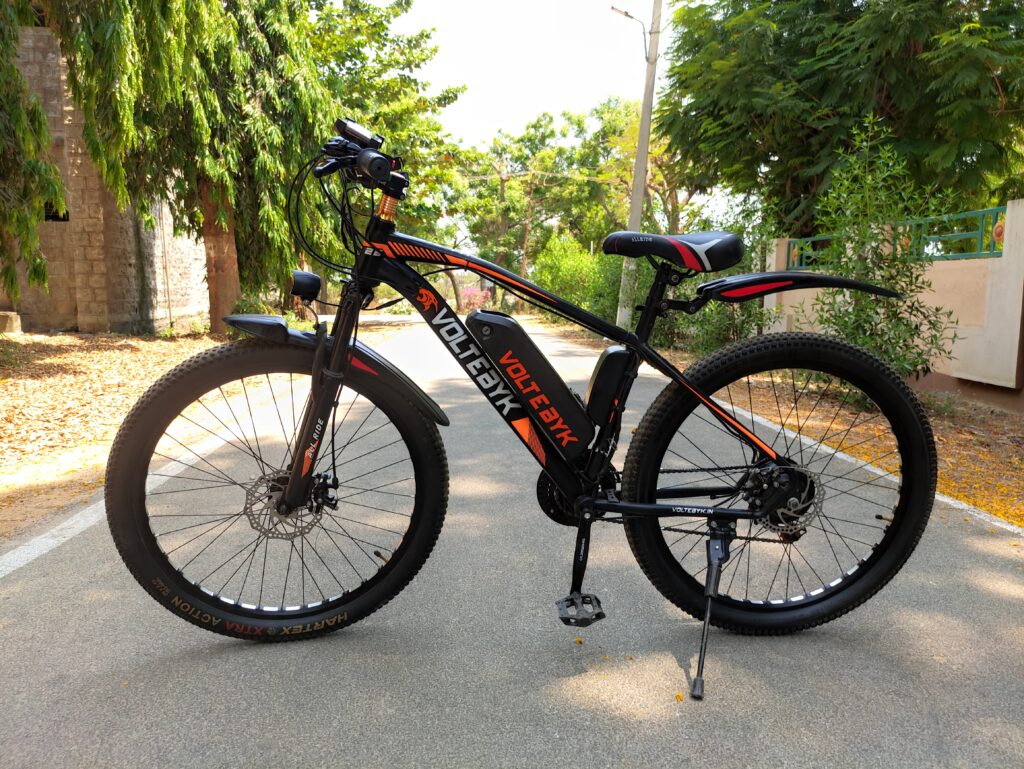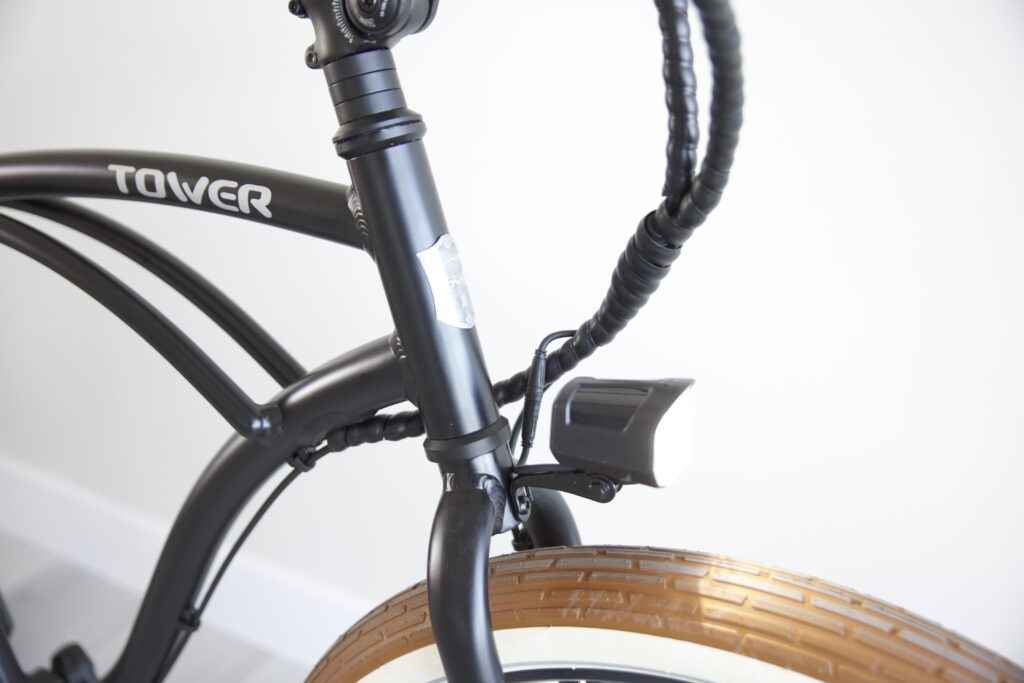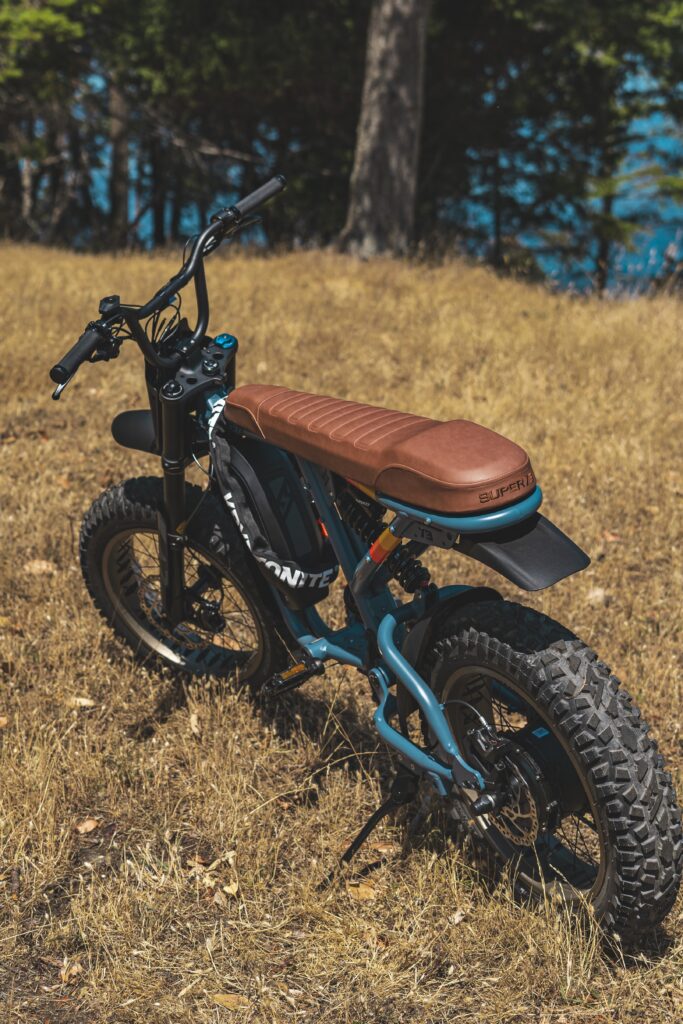Ready to hit the road on your new e-bike? Before you embark on your electrifying adventures, it’s essential to familiarize yourself with the various controls and settings to ensure a seamless and enjoyable riding experience. In this guide, we’ll delve into the world of e-bike controls, from throttle and pedal assist to display panels and power settings. Whether you’re a complete novice or transitioning from a traditional bike, this article will equip you with the knowledge you need to confidently navigate the world of e-bike controls. So, buckle up (or should we say, pedal up!) and get ready to discover the wonderful world of electric biking!
Understanding the Basics
Types of E-Bike Controls
When it comes to electric bikes (e-bikes), understanding the various controls is essential for a safe and enjoyable riding experience. E-bike controls can vary depending on the model and manufacturer, but they generally consist of throttle control, pedal assist system (PAS), brake system, display panel, battery management system (BMS), gear shifting, suspension settings, lights and signals, and safety features. By familiarizing yourself with these controls, you will be able to maximize the benefits of your e-bike and ride with confidence.
Components of E-Bike Controls
E-bike controls are made up of several components that work together to provide a seamless and intuitive riding experience. These components include buttons, levers, switches, display panels, and sensors. Depending on the specific control, you may find these components located on the handlebars, frame, or even integrated into the e-bike’s display panel. It’s important to become familiar with the location and function of each component to operate your e-bike effectively.
Importance of Understanding Controls
Understanding the controls of your e-bike is crucial for several reasons. Firstly, it ensures your safety and the safety of others on the road. By knowing how to operate the throttle, brakes, and other controls correctly, you can respond quickly and effectively in different situations. Secondly, understanding the controls allows you to make the most of your e-bike’s features. By adjusting the settings according to your preferences and needs, you can optimize your riding experience and extend the lifespan of your e-bike. Lastly, being familiar with the controls will increase your confidence and enjoyment while riding, making your e-biking journey all the more fulfilling.

Throttle Control
What is Throttle Control?
Throttle control is a fundamental feature of e-bikes that allows you to control the speed and acceleration of your ride. It functions similarly to a gas pedal in a car or motorcycle, enabling you to increase or decrease the power output of the electric motor. With throttle control, you have the freedom to ride without pedaling, making it a convenient option for situations where you need an extra boost, such as uphill climbs or quick acceleration.
Different Types of Throttle Controls
E-bikes typically offer three types of throttle controls: twist throttle, thumb throttle, and pedal-assist throttle. A twist throttle is designed to be twisted like a motorcycle throttle, while a thumb throttle is operated with the thumb, similar to a joystick. Pedal-assist throttle, on the other hand, activates the motor only when you pedal. Each type of throttle control has its advantages and disadvantages, so it’s important to choose the one that suits your riding style and preferences.
Using the Throttle Control
Using the throttle control is relatively simple. Depending on the type of throttle control your e-bike has, you will either twist the grip, press the thumb lever, or pedal to activate it. To accelerate, gently increase pressure on the throttle control. The more you twist or press, the faster the motor will engage and propel you forward. To reduce speed or come to a stop, release the throttle control gradually. It’s important to practice using the throttle control in a safe environment and familiarize yourself with its sensitivity to ensure a smooth and controlled ride.

Pedal Assist System (PAS)
What is PAS?
The Pedal Assist System (PAS) is a popular feature found in many e-bikes. It works by detecting your pedaling motion and providing varying levels of electric assistance based on your pedaling speed and intensity. PAS offers a more natural and intuitive riding experience compared to throttle control alone, as it seamlessly integrates the power of the electric motor with your own pedaling effort.
Types of PAS
There are commonly three types of PAS: cadence sensor, torque sensor, and combined sensor. A cadence sensor measures the speed at which you pedal and activates the motor accordingly. A torque sensor, on the other hand, detects the force you apply to the pedals and adjusts the motor’s power output accordingly. Some e-bikes may also feature a combined sensor, which combines the information from both the cadence and torque sensors to provide precise and responsive assistance. It’s important to choose the type of PAS that suits your riding style and preferences.
Adjusting PAS Settings
Most e-bikes with PAS offer multiple levels of assistance that can be adjusted to suit your needs. These levels typically range from low to high, allowing you to choose the amount of electric assistance you desire. To adjust the PAS settings, refer to your e-bike’s user manual for specific instructions. Experiment with different levels of assistance to find the perfect balance between your own pedaling effort and electric assistance, ensuring a comfortable and enjoyable ride.

Brake System
Types of E-Bike Brakes
E-bikes are equipped with various types of brake systems, including mechanical disc brakes, hydraulic disc brakes, and rim brakes. Mechanical disc brakes use cables and calipers to apply pressure on the brake rotor, while hydraulic disc brakes utilize fluid to enhance braking power and precision. Rim brakes, on the other hand, rely on brake pads gripping the sides of the wheel rim to slow down or stop the bike. The type of brake system your e-bike has will depend on the manufacturer and model. It’s important to be aware of the type of brakes your e-bike is equipped with to understand how they function.
Using the Brakes
Using the brakes on an e-bike is similar to using the brakes on a regular bicycle. To apply the brakes, use the levers located on the handlebars. Squeeze gently at first to avoid abrupt stops and give yourself enough time to react to the changing speed. Remember to distribute the braking force evenly between the front and rear brakes to ensure stability and prevent skidding. As an e-bike rider, you may experience increased stopping power due to the heavier weight of the e-bike and the additional speed provided by the electric motor. Practice braking in different conditions and adjust your technique accordingly to ensure a safe and controlled ride.
Maintenance and Adjustments
Proper maintenance and regular adjustments are essential for the optimal performance of your e-bike’s brakes. Regularly check the brake pads for wear and replace them when necessary. Ensure that the brake cables are properly tensioned and lubricated to ensure smooth operation. If you have hydraulic disc brakes, periodic bleedin




